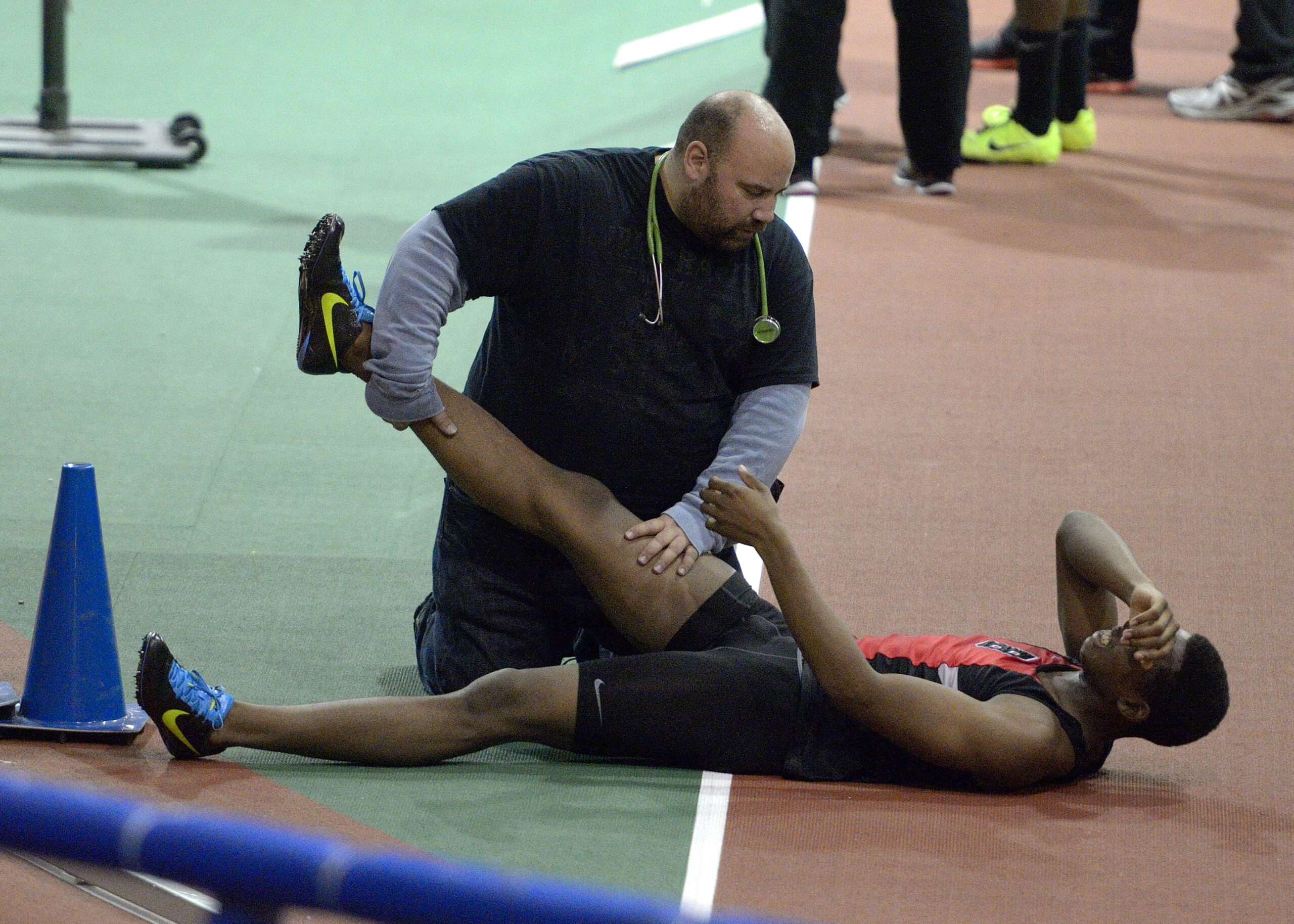The hamstring is a major risk area for many athletes. Hamstring strains and tears are possibly one of the most common soft tissue injuries amongst sportspeople. The most common presumption amongst athletes when they suffer from hamstring issues is that it’s a flexibility issue. Not an outrageous assumption but often not the problem. Many athletes spend a considerable amount of time stretching and foam rolling etc. to improve flexibilty in hopes of preventing issues with little success. While there are qualified medical professionals to provide information on the epidemiology of hamstring injuries we will focus on what can be done in your training to help.
In terms of flexibility we have often seen athletes with excellent flexibility strain a hamstring. Our first thought is to examine the warm-up protocol. A good warm-up should improve elasticity within the muscle fibres and reduce the chances of injury. Even with an extensive and effective warm-up the same players seem to be susceptible to the same injury. Eliminating flexibility and warm-up from the list of causes has led to another much less discussed issue which could be the cause.
Muscle imbalance is often associated with small stabilizer muscles but can also be present in much larger muscle groups. When an athlete has got good overall strength, muscular imbalances can be hidden. This is especially true for the lower body. Most strength programs will have a squat type movement. It is an excellent full body exercise. When time restrictions are present in training it is often used as the sole lower body exercise. For many athletes this is not an issue and they see great overall development using the squat on its own. Some however, develop a technique which utilizes the Quads and Glutes much more so than the hamstring. They can lift heavy loads and so we assume they are strong even though the hamstrings may not be doing nearly as much work as they should be. When these athletes sprint they have great power generated from quads and glutes but the hamstrings are lacking. This weak link is where the break in the chain occurs.
In order to prevent injuries athletes should make sure they develop all the muscles involved in the movements they perform. This sounds obvious but can often be hard to achieve. There are several strategies one can employ. Firstly using a unilateral exercise in addition to the squat can help fill in the gaps. Adding a lunge or step-up type movement can be a major benefit and is highly recommended. It puts an athlete in a different movement plane which is often more movement specific and utilizes more appropriate muscles and activation patterns.
The second approach would be to train the temperamental muscles directly. Most good strength programs will have a hamstring orientated exercise present, owing to the high prevalence of hamstring injury in athletes. The concern here is the execution of such exercises. Again alternative muscles can take over and hamstrings can still be neglected. Exercises such as Romanian Deadlift (RDL or Stiff Legged Deadlift), Glute-ham raises and Reverse Hyperextensions are all popular hamstring exercises. It is very common for these to be performed incorrectly. Athletes with strong lower backs can easily perform these movements with high load and work around the hamstrings. Obviously the first recommendation is to make sure they are being observed carefully to ensure proper technique. In a team training scenario this is not always possible or effective.
In efforts to overcome these issues and protect the hamstrings a solution is needed. The Nordic hamstring curl may be the answer. It is extremely hard to cheat on this exercise and it will promote excellent hamstring activation. Using a slow or even paused eccentric phase, the hamstrings cannot hide. It is relatively easy to instruct and needs very little equipment. Often an athlete with enormous deadlift strength will be humbled by this simple bodyweight exercise. For that reason it should be high on the list of priority exercises. It can be easily scaled for athletes from beginner to elite level. Research has also suggested it to be quite an effective tool. The preventive effect of the Nordic hamstring exercise on hamstring injuries in amateur soccer players – a randomized controlled trial, Van der Horst, Smits, Petersen, Goedhart, and Backx, in Injury Prevention (2014).
Often injury prevention is a little like detective work. The obvious answer is not always correct and the solution is not always clear. Ensuring an athlete has strong well developed hamstrings can be the missing piece of the puzzle. Hamstring injuries can be both debilitating and frustrating. The level of recurrence can be quite high. There are a number of considerations which have been discussed which should be considered when constructing an effective strength program.
